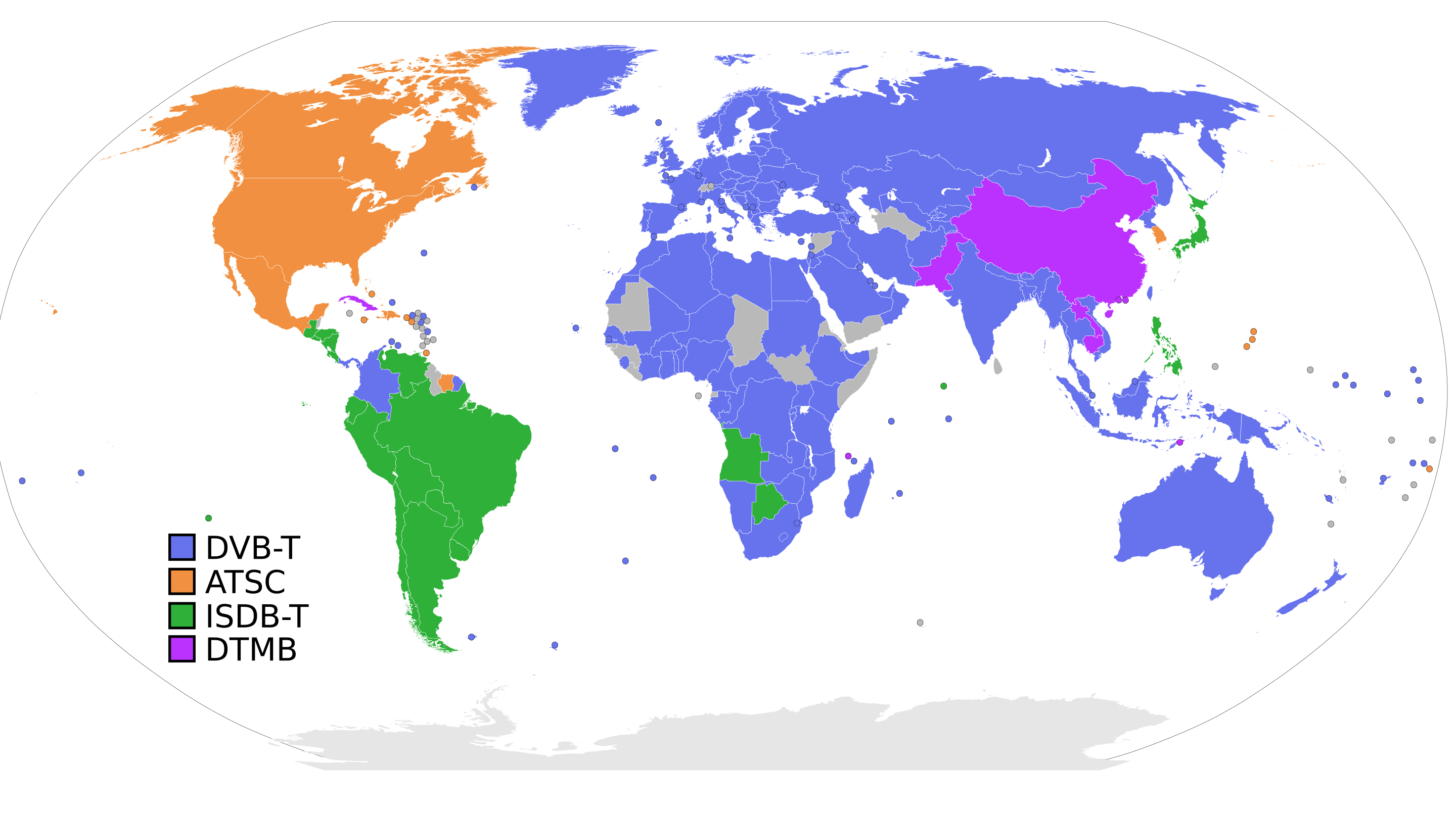Digital Video Broadcasting (DVB) is a widely adopted set of international standards for the transmission of digital television. It allows for the delivery of high-quality TV signals using various mediums, including satellite, cable, terrestrial, and broadband internet. DVB enables broadcasters to offer a variety of services, including standard-definition (SD), high-definition (HD), and even ultra-high-definition (UHD) TV. With its superior efficiency and flexibility compared to analog TV, DVB has become the backbone of modern broadcasting, offering interactive services, on-demand video, and more.
What is DVB?
DVB, or Digital Video Broadcasting, is a set of protocols that defines how television signals are broadcast digitally rather than through traditional analog methods. These standards were developed by the DVB Project, an industry consortium, to address the increasing demand for higher-quality video and audio transmissions. DVB encompasses a wide array of formats and services designed for different distribution platforms, such as DVB-T for terrestrial transmission, DVB-S for satellite, and DVB-C for cable.
Key elements of DVB include:
- Digital compression: Efficiently compresses video, audio, and data streams to allow for more channels and better quality within limited bandwidth.
- Multiplexing: Combines multiple channels into a single transmission stream.
- Error correction: Ensures that transmission errors due to interference are minimized, leading to more reliable broadcasts.
Countries using DVB

Here are the key regions and countries that have adopted DVB:
1. Europe
DVB is the standard for digital broadcasting across almost all European countries. These include:
- United Kingdom
- Germany
- France
- Italy
- Spain
- Netherlands
- Sweden
- Norway
- Denmark
- Finland
- Poland
- Austria
- Belgium
Europe was one of the first regions to adopt DVB as its digital broadcasting standard, making DVB-T the primary terrestrial digital broadcasting system.
2. Africa
Several African countries have adopted DVB standards for their digital television migration, with DVB-T2 being a popular choice for terrestrial broadcasting. Some examples include:
- South Africa
- Nigeria
- Kenya
- Ghana
- Uganda
- Tanzania
DVB-T2 has been particularly favored because of its efficiency in spectrum usage, which is crucial for regions with high demand for mobile data services.
3. Asia
Many Asian countries have adopted DVB standards, especially for satellite and cable broadcasts. Some of the key countries include:
- India (DVB-T2 for terrestrial and DVB-S for satellite)
- Russia (DVB-T and DVB-S)
- Malaysia
- Indonesia
- Thailand
- Pakistan
- Sri Lanka
Countries like India use DVB for both satellite services like DTH (Direct-to-Home) and terrestrial digital TV.
4. Oceania
In Oceania, DVB-T and DVB-S are the predominant standards for digital TV broadcasting.
- Australia (DVB-T for terrestrial, DVB-S for satellite)
- New Zealand
Australia and New Zealand transitioned from analog to digital broadcasting using the DVB system and rely heavily on it for both terrestrial and satellite TV.
5. Middle East
The DVB standard is also used in parts of the Middle East for terrestrial, satellite, and cable broadcasts:
- Turkey
- Saudi Arabia
- United Arab Emirates
- Qatar
6. Latin America
Although many Latin American countries have adopted ISDB-T, some countries and regions still use DVB standards, particularly for satellite and cable services:
- Colombia (DVB for satellite, ISDB for terrestrial)
- Uruguay (DVB for satellite)
- Mexico (uses DVB-S for satellite services)
7. North America
In North America, DVB is less prevalent because ATSC (Advanced Television Systems Committee) is the main standard for terrestrial broadcasting. However, DVB-S is still used for satellite broadcasting in some applications, such as international broadcasting and specific cable services.
What is DVB used for?
DVB is used across various platforms to transmit digital television and data services, providing a seamless, high-quality viewing experience. Its flexibility enables it to serve a wide range of broadcasting needs:
- Terrestrial TV (DVB-T): Used for over-the-air digital broadcasting, providing free-to-air TV services in many regions.
- Satellite TV (DVB-S): Offers transmission over large geographical areas, including rural or remote areas, often used for both free-to-air and subscription-based services.
- Cable TV (DVB-C): Delivers digital television over coaxial cables, primarily used by cable operators to offer multi-channel services.
- Broadband TV (DVB-IPTV): Delivers TV and video services over IP networks, including internet streaming.
- Mobile TV (DVB-H, DVB-SH): Allows for broadcasting services to handheld devices, such as smartphones and tablets.
DVB can also be used for data broadcasting, where it sends digital data streams to be used for things like news feeds, software updates, or multimedia services. Interactive TV applications, like on-demand video and pay-per-view services, are also enabled by DVB standards.
How does DVB work?
DVB works by converting audio, video, and data into a digital format and then compressing it for efficient transmission. The main steps involved in DVB broadcasting are as follows:
-
Source encoding: The content, including audio and video, is digitally compressed using codecs like MPEG-2 or MPEG-4 (H.264). This compression reduces the amount of data needed to transmit the signal without sacrificing too much quality.
-
Multiplexing: Multiple compressed data streams are combined into a single stream. This allows several channels to be broadcast over the same frequency, making the most of available bandwidth.
-
Error correction: To mitigate signal degradation due to interference or other transmission issues, error-correcting algorithms (such as Forward Error Correction, or FEC) are applied to the data streams, ensuring that errors can be corrected on the receiving end.
-
Modulation: The multiplexed stream is then modulated onto a carrier frequency using methods like Quadrature Amplitude Modulation (QAM) for cable, Quadrature Phase Shift Keying (QPSK) for satellite, or Orthogonal Frequency Division Multiplexing (OFDM) for terrestrial transmission. This allows the digital signal to be broadcast over various transmission mediums.
-
Transmission: The modulated signal is transmitted via satellite, cable, or terrestrial antennas. For internet delivery, the signal is packetized and sent over IP networks.
-
Reception and demodulation: The digital signal is received by the user’s device, such as a set-top box, TV, or computer. The receiver demodulates the signal, corrects any errors, and then decodes the compressed data to deliver high-quality video and audio to the viewer.
FAQ
- DVB-T: For terrestrial broadcasting.
- DVB-S: For satellite broadcasting.
- DVB-C: For cable broadcasting.
- DVB-H: For handheld devices.
- DVB-SH: Also for handheld devices, with enhancements for satellite transmission.
















